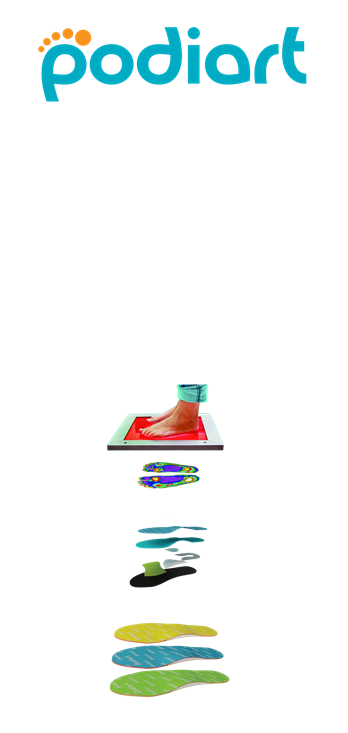
Computerized Foot-Print Analysis and Personalized Foot Orthotic Preparation
There is a lot of information that we can determine from analyzing how the feet load. The mechanisms by which the feet load can affect the rest of the body. This is why it is very important that we consider a persons foundation (their feet) when we are looking at how the rest of the body is functioning.
An increasingly sedentary lifestyle can contribute to a weakening of the foot muscles. In addition, being over-weight, wearing high heels or poorly fitting shoes, and standing for very long periods of time at work, can all place additional and excessive pressure on the feet.
Analysis
The Pedikom system for sole analysis is a very quick, simple and efficient process.
Personal Data
Recording starts by registering the patient's personal data, which makes it possible to record orthopedic characteristics, such as highlighting areas of pain that the patient is experiencing in the body.
Recording the image
The patient stands barefoot on the glass sheet (podoscope) and a digital recording is made immediately. The image is then processed by the computer and turned into a colored, 3D pressure map. The images illustrate the pressure areas of the foot according to the distribution of body weight.
Personalized Foot Orthotics
The patient's images and personal data are sent via email to Pedikom where they are analyzed by an orthopedic expert. They will be compared to a "normal" pressure pattern, and along with the patient's personal problems and needs, personalized orthotics will be designed. The essence of the system is the preparation of individually designed restorative foot orthotics. The construction takes into consideration pressure distribution, body weight, age and any existing complaints (areas of pain).
The Pedikom orthotics are light, flexible and follow the movements of the sole and fit easily into most shoes. They aim to provide a corrective foot support to redistribute the patient's bodyweight to fit a "normal" pressure pattern, thus reducing pain and preventing the likelihood of future injury.
